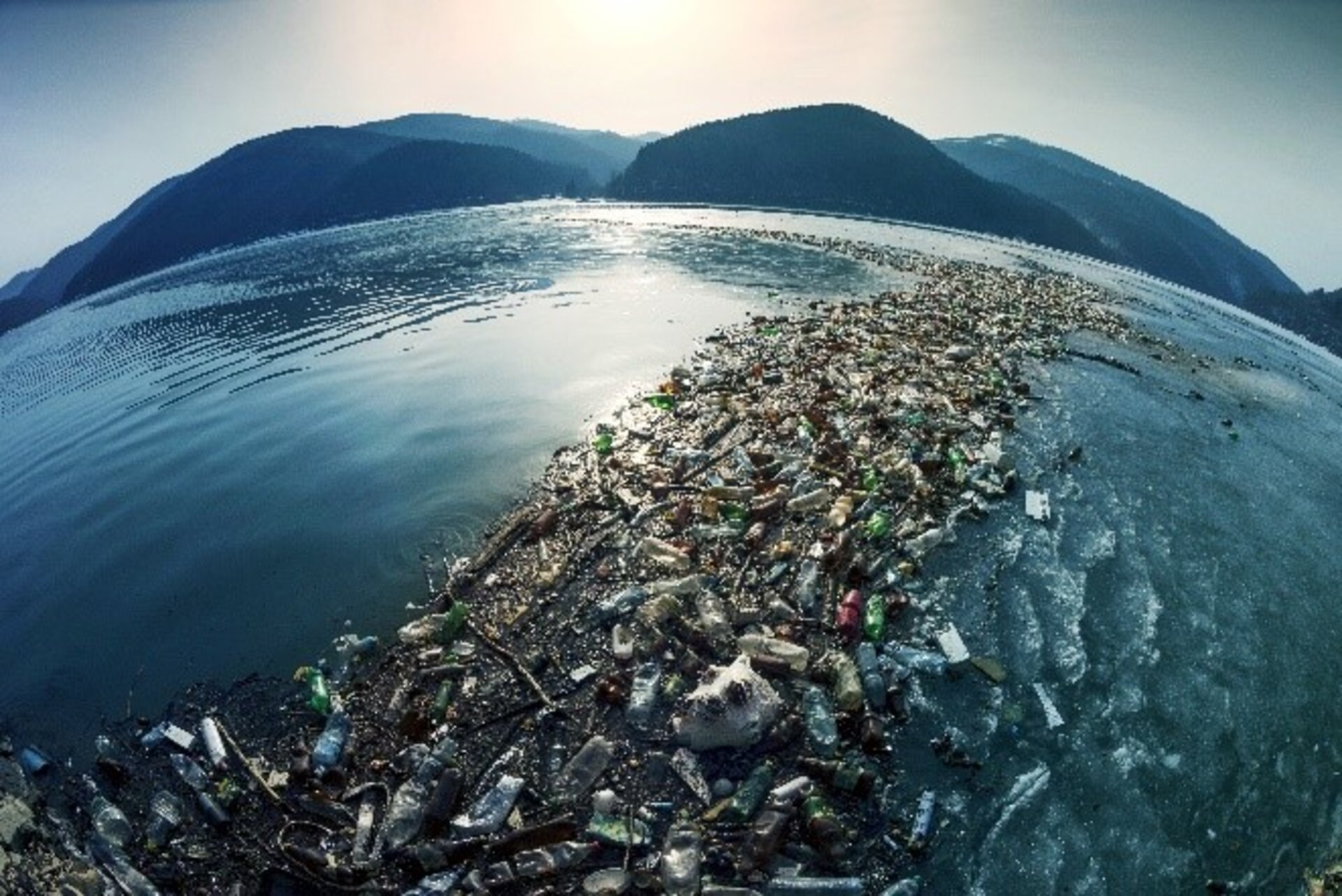Tracking marine plastic drift from space
09/08/2022
205 views
9 likes
Every 60 seconds the equivalent of a lorry-load of plastic enters the global ocean. Where does it end up? Right now, researchers simply don’t know. But in a bid to help find out, an ESA-led project developed floating transmitters whose passage can be tracked over time, helping in turn to guide a sophisticated software model of marine plastic litter accumulation.
In a hi-tech version of throwing out messages in bottles, prototype trackable buoys were deployed in the waters off Indonesia, whose myriad of islands results in some of the most complex, unpredictable currents on Earth.
Made from wood for maximum sustainability, the buoys were developed by French organisation CLS, Collecte Localization Satellites. A subsidiary of French space agency CNES, CLS is best known for overseeing the satellite-based tracking of tagged marine animals, buoys and fishing fleets using its long-running Argos geopositioning system, which performs satellite navigation fixes and returns them to CLS via satellite link.
CLS made use of previous experience of marine plastic litter in Indonesia for the buoy deployments. It has previously teamed up with the Indonesian Ministry of Marine Affairs and Fisheries to help guide waste collection efforts – the country’s national marine pollution plan pledges to reduce plastic waste by 70% by the end of 2025.
Together with the tracking buoys, the MARLISAT project also involves harnessing Earth observation imagery to detect plastic sources and forecast marine plastic litter’s motion and areas of accumulation using an existing CLS ocean drift model called MOBIDRIFT.
Project partner Pixalytics in the UK has meanwhile been developing a machine learning algorithm able to detect plastic accumulation along beaches and ocean hotspots from satellite images.
“The strength of this project is the combination of satellite observations, in situ data and numerical modelling,” comments Marc Lucas, Senior Oceanographer at CLS. “It is also great to have worked on a more sustainable type of Argos beacons, with wood used for the casing. As scientists, we have a duty to work towards a more sustainable approach to science.”
The buoys were released in late May, and tracked in real-time via a dedicated portal. Equipped with batteries for an approximately 100 day lifetime, their results are helping to optimise the drift model’s parameters.
The MARLISAT project is being supported through the Discovery element of ESA’s Basic Activities. CLS got involved through applying to an open call for ideas on marine plastic litter through the Agency’s Open Space Innovation Platform (OSIP), which sources promising new ideas for research from academia, industry and the general public.
ESA antenna specialists also advised on the buoy design, notes Peter de Maagt, heading ESA’s Antennas and Sub-Millimetre Waves section: “It is a privilege to work on projects that use space for the benefit of humankind and start addressing the problem of plastic waste in our oceans. The tag will provide valuable data to calibrate models and provide much needed ground truth.”
MARLISAT is only one of a portfolio of marine plastic litter research projects initiated through OSIP and supported by ESA Discovery.
For all the latest Technology News Click Here

